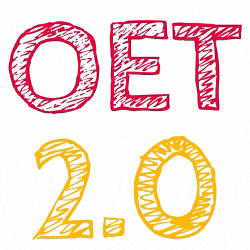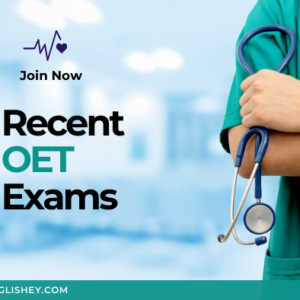Latest OET Reading mock tests to prepare for OET 2.0 exam. Start your OET exam preparation with recent OET mock online free from OET2.com for doctors, nurses and all other professions.
In this course, you will find many OET reading exams. Each test is divided to
- Part A: 20 questions in 15 minutes
- Part B and C: 22 questions in 45 minutes
You will be asked to answer part A in 15 minutes, then exam papers will be collected. After that, You have to answer Part B and C in 45 minutes.
find more on http://www.examlabs.com
OET Reading Test
The Reading test consists of two parts and takes 60 minutes to complete. It contains two papers.
- Reading Part A: Is 15 minutes
- Reading Part B & C test: lasts for 45 minutes
In order to ace in the reading test, Try to speak as much English as you can.
This will help you get a better understanding of grammar and sentence structure.
Course Content
About Instructor





